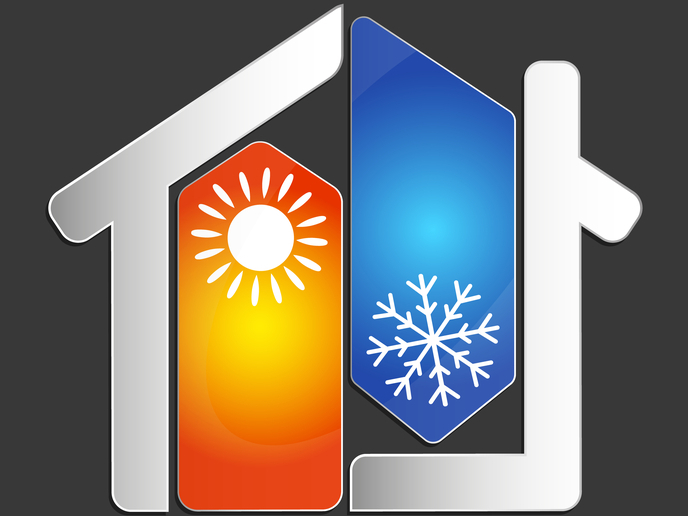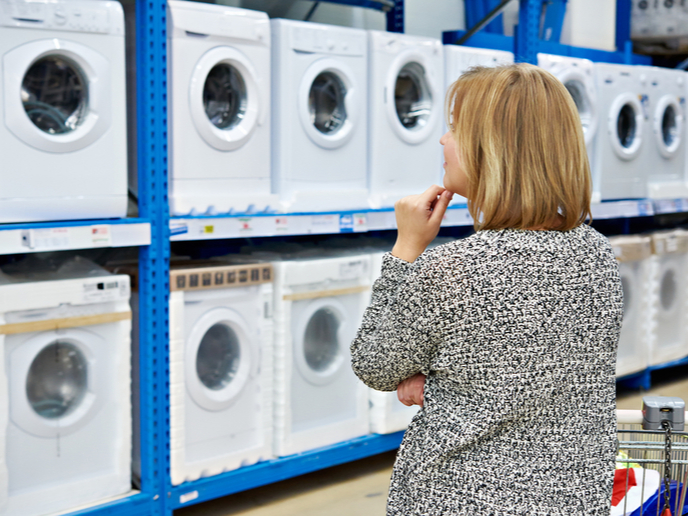Optimising CO2 heat pumps for maximum performance
Heat pumps absorb thermal energy from ambient sources – mostly air, but also ground or water – to transfer it for heating or cooling. As they need little electricity and don’t rely on fossil fuels, they are highly efficient and clean. Given their high performance in many of Europe’s moderate climates, they hold great promise for net zero targets(opens in new window). CO2 heat pumps work the same way, but instead of using a chemical refrigerant fluid (such as hydrofluorocarbons (HFCs)), they use CO2 for the energy transfer process. “They are even more environmentally friendly because the CO2 isn’t released into the atmosphere. CO2 also isn’t toxic and has a global warming potential(opens in new window) much lower than chemical alternatives,” explains Natasa Nord, ROCOCO2HP project coordinator. Yet, when connected to a heating system, CO2 heat pumps are very sensitive to the high liquid temperatures at the inlet to the gas cooler or the high return liquid temperatures back from the heating system. The Marie Skłodowska-Curie Actions(opens in new window) supported ROCOCO2HP project found that adjusting the size and performance of the gas cooler alongside changes to the expansion valve, overcame this performance limitation. This enabled the project to develop a model(opens in new window) to guide sizing and choice of component properties.
Tweaking the set-up
To exchange energy in a CO2 heat pump, a gas cooler uses the high-temperature high-pressure CO2 to heat water, which then heats buildings. In a typical heat pump, the gas cooler will be a condenser, but in a CO2 heat pump with no condensation, the cooled CO2 at high pressure and lower temperature enters an expansion valve, acting as a throttle. As the pressure drops in the expansion valve, the CO2 enters an evaporator and evaporates at a lower pressure and temperature. This is then compressed to become useful heat again, completing the cycle. In CO2 heat pumps, the return water temperature from the heating system must be lower than 31 °C. However, it is often higher, causing the valve to throttle too early for efficient evaporation, offering reduced heat input to the evaporator and so reduced useful heat output at the gas cooler, ultimately resulting in poor coefficient of performance (COP). After purchasing a CO2 heat pump plant, the team connected it to the virtual platform, LabVIEW(opens in new window), to monitor and control it. To focus specifically on the issue of the unwanted high return temperatures from the heating system, they used a ‘heating room’, heated by different appliances, such as radiators, all taking heat from their CO2 air-sourced heat pump. “These experiments made it obvious that current configurations of CO2 heat pumps lacked the controls necessary to reach desired performance levels,” says Nord from the Norwegian University of Science and Technology(opens in new window), the project host. To increase COP, the team used their LabVIEW set-up to test various parameters, including changes to partial heating loads, compressor controls, valve settings and discharge pressure. “We discovered that the gas cooler area should be bigger to better cool the CO2 fluid. Also, as the expansion valve for typical residential plants is small, they should be higher quality, to better control the CO2 flow,” Nord adds.
Towards a real-time optimal control system
As the EU moves away from fossil fuels towards a greener future with nearly zero-energy homes, CO2 heat pumps will play a key role. “Our findings can inform directives and standards, resulting in better products, services and ultimately cheaper and greener energy,” concludes Nord. ROCOCO2HP’s ultimate aim is to develop an AI-enabled real-time CO2 heat pump optimal control system, as part of a building energy supply system.







